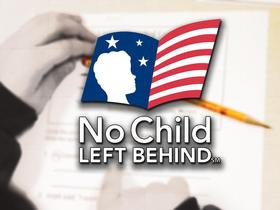10 Major Challenges Facing Public Schools
The American public education system stands at a critical crossroads in 2025, facing unprecedented challenges that threaten both student success and institutional stability. As educators and administrators navigate the post-pandemic landscape, they continue to grapple with long-standing issues while confronting emerging obstacles that reshape the educational environment. From technological inequities to mental health concerns, from budget constraints to shifting demographic needs, these challenges demand innovative solutions and renewed commitment from all education stakeholders. This article examines ten of the most pressing issues facing our public schools today, offering insights into their impact and potential pathways toward resolution.
Few would argue that the state of our education system has plenty of room for improvement.
- Developing a plan to take schools in the right direction is easier said than done.
- The first challenge lies in identifying underlying problems keeping students from learning today.
- This challenge, in part, is due to the fact that the problems may change considerably depending on who is labeling them, whether it is students, parents, educators, or lawmakers.
- Consider this list of 10 major challenges currently facing public schools, based on the perspective of many involved in the world of education today.

1. Classroom Size
Many areas of the country are facing classrooms that are literally busting out at the seams.
- A report at NEA Today two years ago discussed how






















